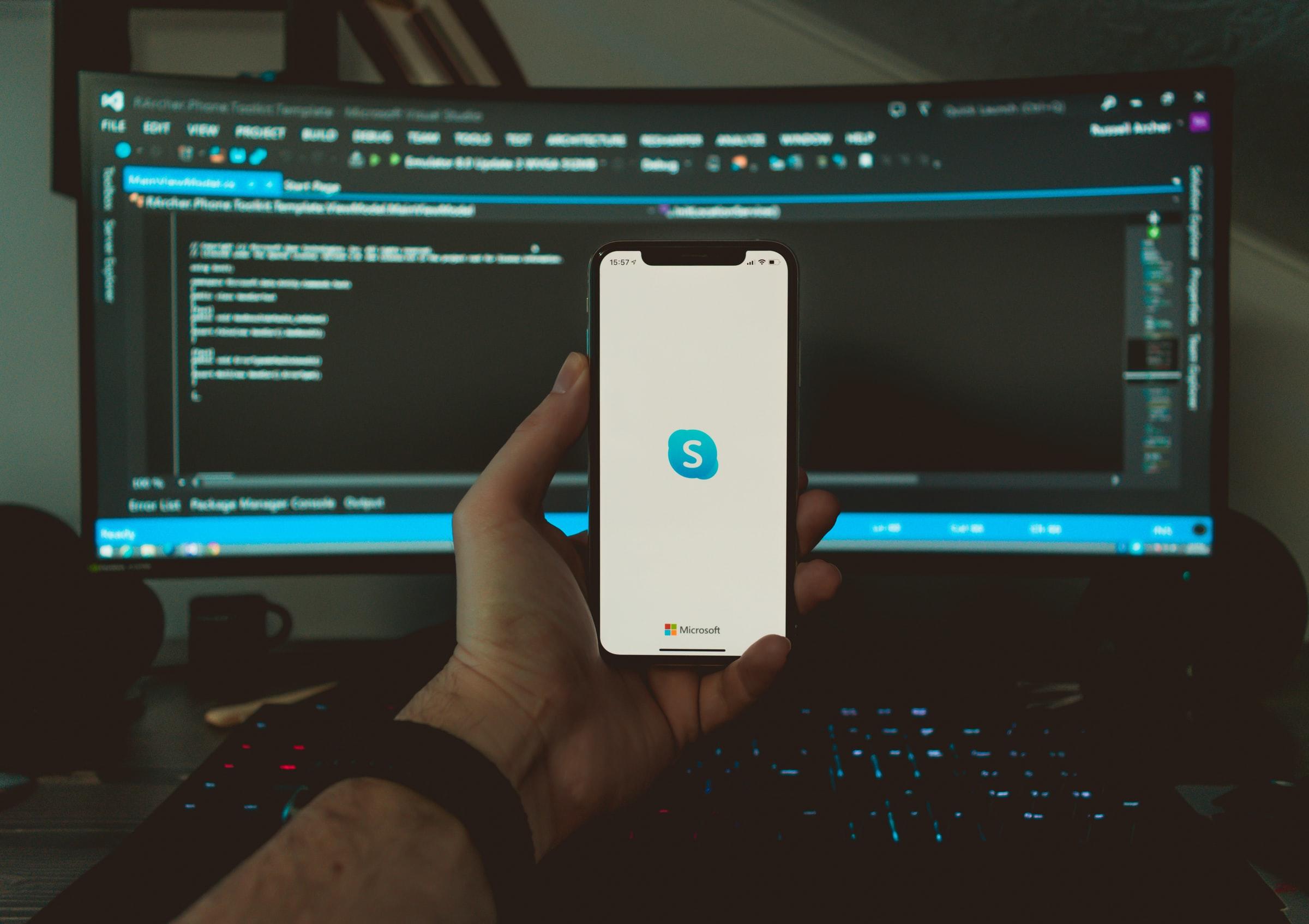"The students of the future will demand the learning support that is appropriate for their situation or context. Nothing more, nothing less." -Marcus Specht
Though education has existed since the dawn of time, throughout history there have been significant changes to how students are taught based on the ways that they learn new concepts.
In recent years, educators have been employing more technological methods than ever before to meet the needs of their pupils. For children raised in the 21st century, it simply isn't effective anymore to stand in front of the classroom offering lectures or reading bland textbooks; multimedia must be used.
Also, to continue instructing primary and secondary school level students during the COVID-19 pandemic, distance learning was featured as a focal aspect in the sector of education. In today's article, we'll discuss distance learning more closely and answer some intriguing questions such as, what is distance learning? What are the top ten best distance learning resources for educators? What technology is needed for distance learning? What are the pros and cons of distance learning for teachers?

What is Distance Learning?

Have you yet had the chance to experience e-learning or online private tuition? If not, don't worry because you probably will in the near future. Why's that? Distance learning is becoming increasingly popular and has proven to become a cost effective way for children, teenagers, and adults to study new academic disciplines.
But, what is distance learning? In the simplest of defintions, distance learning or distance education is the process of learning something new at a distance while not being present in an academic institute. Through video conferencing apps and technological devices such as laptops and webcams, students can acquire knowledge of a new subject in the comfort of their home.
It's worth stating that distance learning isn't solely being used by primary, secondary, or university level students, many adult learners are brushing up on skills or taking vital courses through virtual private tutoring.
Also, though usually one person in the household istaking part in distance learning, if the children are young, parents need to learn about the software and teach their kids so that they can successfully attend the classes they need.
Check out jobs for ex teachers here on Superprof.
What are the Top Ten Best Distance Learning Resources for Educators?

To be at the top of their game and to avoid underperforming, teachers need to have access to learning resources that will keep distance education working at all times.
The following list includes the top ten most effective distance learning tools:
- Google Classroom: used by various schoolboards and teachers across the UK and the world to conduct classes, Google Classroom is a high-performing and extremely versatile tool for students of all ages. Google Classroom has been utilised by young students quite easily and older pupils enjoy its functions such as its mobile friendliness and ability to work across all Google apps.
- Zoom: known as the app that saved socialising during the COVID-19 pandemic, Zoom is fantastic for teachers and easy to use for students since they probably already have experience using it. Even if it's not the primary videoconfering app you use for classroom discussions, Zoom can be a great backup option.
- Skype: the original videoconferencing platform, Skype has stood the test of time and it is still being used by educators and students around the world. Boasting functions such as share screen and a chat, Skype can be used as a backup option for video calls.
- Socrative: to monitor your students and ensure that class work is being completed on time, Socrative is an essential digital tool. Socrative is supposed to be used by both students and teachers to create a virtual community that allows every to stay on top of things.
- Loom: a fantastic app that has helped teachers to share lectures with their students that is easier than text, Loom is free to use for both teachers and students. Loom is highly recommended since it allows you to see who saw your video.
Though we only mentioned five learning resources to help teachers fully reach their potential during distance education, there are so many more! We highly recommend asking for the suggestions of trusted colleagues to make a decision as to which apps have worked for them.
Also, it's worth stating that some distance learning resources help educators plan lessons and display course curriculum on interactive boards that can be seen online. There are so many wonderful tools to make e-learning interesting and more engaging than traditional lessons in the classroom.

What Technology is Needed for Distance Learning?
While it was great to analyse the distinct software systems that are required for e-learning, if you're a complete newbie to distance learning, you might be wondering what hardware or tools are necessary.
The following explains three tools that are mandatory for students and teachers during distance learning sessions:
- Computer or Laptop: without a laptop or desktop computer, it is impossible to take private tutoring lessons or take part in distance learning.
- Webcam: while it is possible to take part in distance learning without a webcam, it makes the entire experience much less interactive for the students. Pupils need to see you to feel a connection with you. Prioritise buying an HD webcam.
- Headset: a headset or high quality earphones prevent the students from hearing your voice effectively. Therefore, invest in some noise cancelling headphones to prevent any interruptions.
The previously mentioned technological aspects are essential for distance. If you don't have a performing computer, a webcam, and a headset, you should think of upgrading your equipment!
What are the Pros and Cons of Distance Learning for Teachers?

Nobody said it was going to be easy. Online learning definitely requires some getting used to and we salute older educators who are trying their best to adapt and provide their students with informative classes that are conducted virtually.
But, what are some of the pros and cons of distance learning for teachers? Let's take a look at a few of them.
Disadvantages of Conducting Online Classes
While we don't want to spend too much time dwelling on the negative, there are a few drawbacks to online lessons that, as a teacher, you might want to be familiar with. Such as? The following list mentions two cons of e-learning:
- Difficult to Prevent Cheating: when exams must be taken, it's much harder to prevent cheating through virtual lessons since teachers aren't in the same room as students. The exact grades may be difficult to notice.
- More Theory than Practice: since many educators are still learning about how to use breakout rooms and find ways for students to partake in practical assignments, a lot of emphasis may be focused on theory.
Pros of Holding Virtual Learning Sessions
Teachers are wise to meditate on the benefits of online learning since there are more pros than cons. Such as? Take a look at the following list:
- Individual Pace: many teachers have found that there distance learning has greatly contributed to the welfare of their students. How's that? Students are cared for more individually and receive a more tailored learning experience that is adapted to their rhythm.
- Way of the Future: by learning to love and accept online learning now, educators are accepting the ways of the future and embracing change. Through distance learning, tutors can have more access to online resources and spend more time crafting educational lesson plans.
- Ability to Continue Learning New Methods: the best academic tutors are consistently trying to learn new methods of teaching to hone their skills and benefit their students. Therefore, a positive advantage of virtual learning is that educators are sharpening their abilities and learning new techniques in the world of education at the same time as the students.
We're sure that with a balanced attitude of analysing the pros and the cons, teachers will be more prepared to conduct their online lessons!
Conclusion
The bottom line is that although there are some challenges to distance learning for parents, teachers, and students, there are so many more advantages that benefit the overall academic performance of pupils.
To make the experience of e-learning more appealing and enjoyable to students, it's highly recommended that teachers not only know about the ten distance learning resources mentioned in this article but that they also become familiar with their functions.
In conclusion, online learning is a fantastic method that will only continue to increase in popularity in the next decade or so. Therefore, we must all adapt to keep up with the times and to continue creating educated socities that prioritise knowledge.












